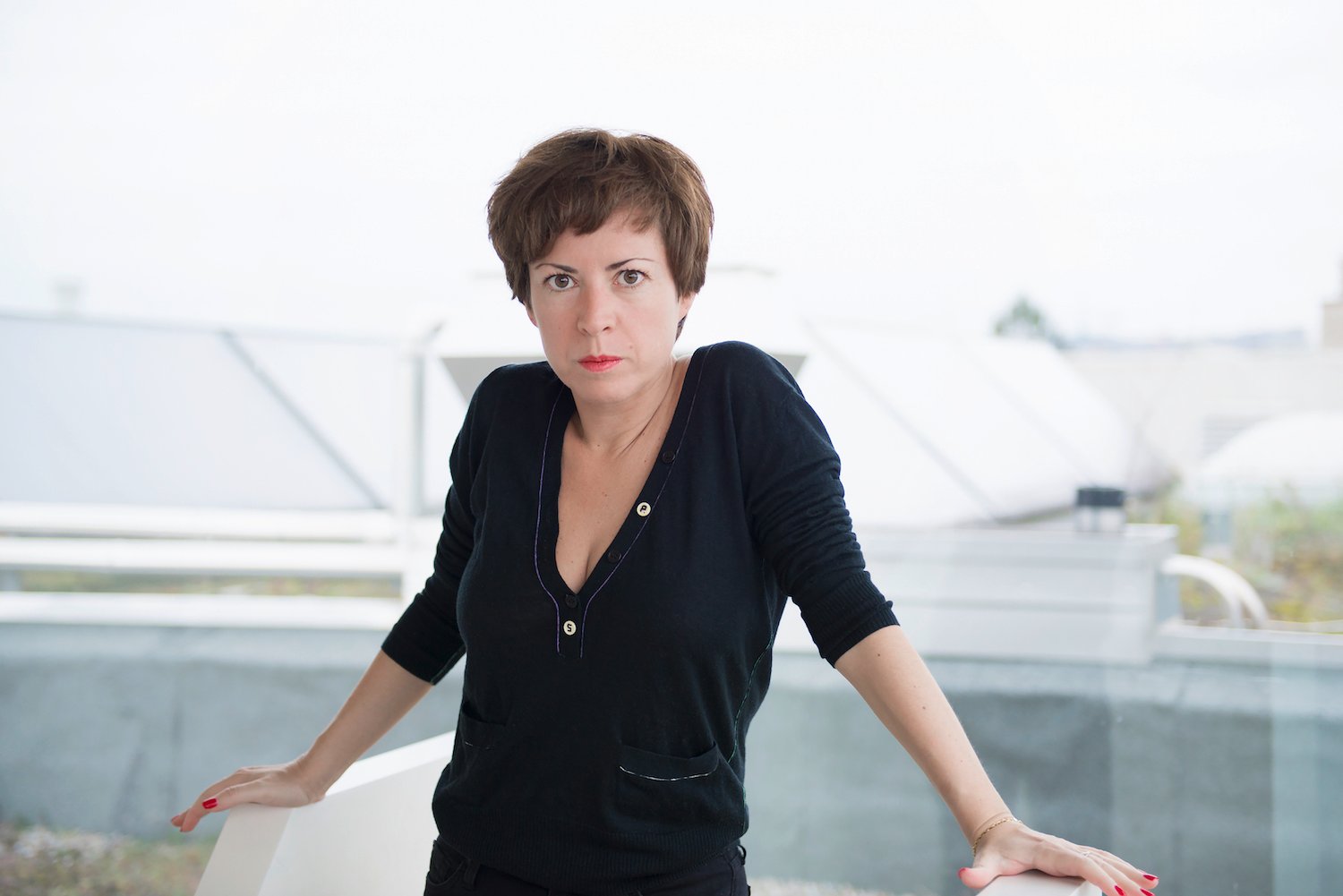
Last week, Cologne Sculpture Park announced that Chus Martínez, head of the Institute of Art of the FHNW Academy of Arts and Design in Basel, would curate the ninth edition of its exhibition program. It is a momentous occasion, as “KölnSkulptur #9,” the two-year show slated to open on October 15, will coincide with the park’s 20th anniversary.
Although it’s still too soon to reveal the list of participating artists, Martínez gave artnet News some exclusive details about the themes of the forthcoming exhibition.
“I am interested in transformation, on how the perception of change affects our imagination of what is still possible,” she said. “I am thinking about nature, gender, and race as key ideas that drive me these days, but I am also thinking of music, of what elements could we introduce in curating to produce a sense of life, of a memory that will motivate the viewer. I imagine the park to be alive, a garden of delights oriented towards the production of a new trust in art and in culture.”
Launched in 1997 by Cologne art collector Michael Stoffel and his wife Eleonore, Cologne Sculpture Park has commissioned over 150 artworks by major artists including Rosemarie Trockel, Louise Bourgeois, Jenny Holzer, Isa Genzken, Dan Graham, and Peter Fischli & David Weiss.
Tom Burr, No Access (2015) at KölnSkulptur #8. Courtesy of the artist, Galerie Neu, Berlin, Bortolami Gallery, New York.
“The very exciting part is that the project offers the possibility of commissioning new work,” Martínez said of the curatorial process. “I think this is extraordinarily important, as it deepens the dialogue with both the existing pieces and the site, but also with the nature of the project as an opportunity to revise sculpture as a medium in continuous change but also with a particular appeal these days.”
Sculpture Parks are gaining relevance and visibility in the international art landscape. This year, for example, marks the 40th anniversary of Yorkshire Sculpture Park, while Germany is also gearing up for the fifth edition of Skulptur Projekte Münster, which coincidentally was also launched in 1977.
So, is public sculpture particularly resonant with art-minded people nowadays?
“I think so. We are losing a sense of the public sphere in many radical ways, from the use of technological tools (and I am not a pessimist) to violence, our public life, our desire to be together in public has been negatively affected,” Martínez told artnet News.
“Art has been traditionally used to produce a different experience of the time we spend outside, wondering, walking, or meeting. We need solace, more than ever, and therefore any attempt to intelligently unite artistic research and practice and the enrichment of the public sphere is really relevant.”
Research is a field in which Martínez is definitely experienced. In 2014, the curator—who’s been chief curator at New York’s El Museo del Barrio and Barcelona’s MACBA, and was part of the Documenta 13 curatorial team—took the helm of the Institute of Art of the FHNW Academy of Arts and Design in Basel.
This surprised many as it meant a move from a string of highly visible curatorial roles to a more academic, behind-the-scenes position.
“The Institute has given me an incredible opportunity to think about the practice of curating, about artistic production, and the future forms of institutions. We have been producing encounters with artists and scientists, symposiums to reflect on how art is the substance that thinks about experience in a very radical way,” Martínez told artnet News.
“Some of these sessions are public, but we also produce three specially commissioned projects a year that somehow add to these debates, and we also have a small exhibition space, der TANK. I am also writing more than ever, and I curate at least one project a year that I think is meaningful and co-exists well with what I have been learning here.”